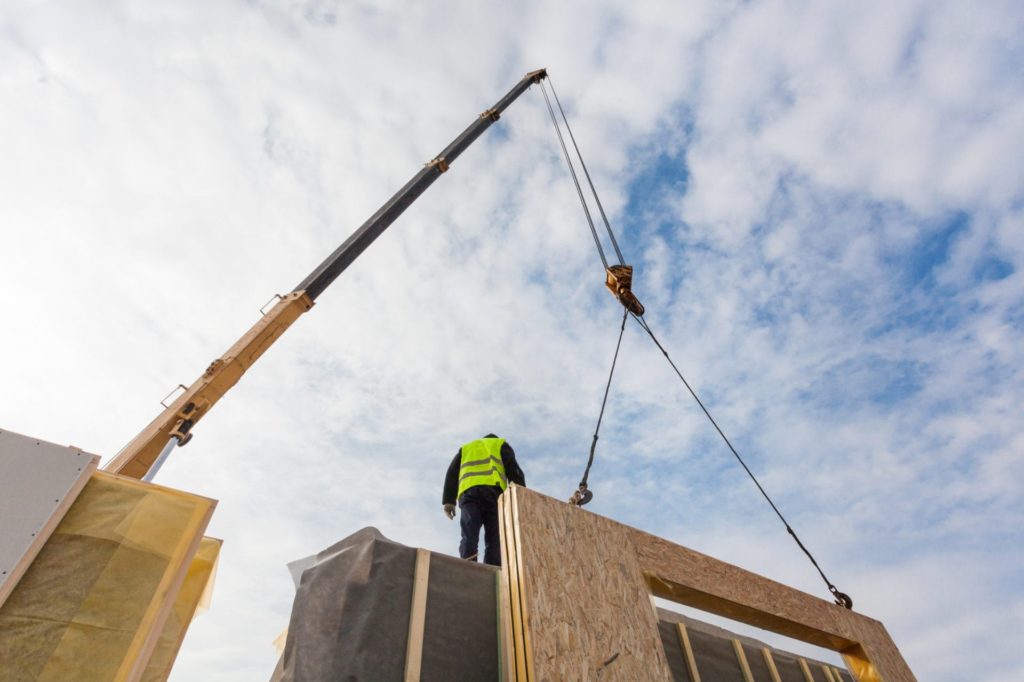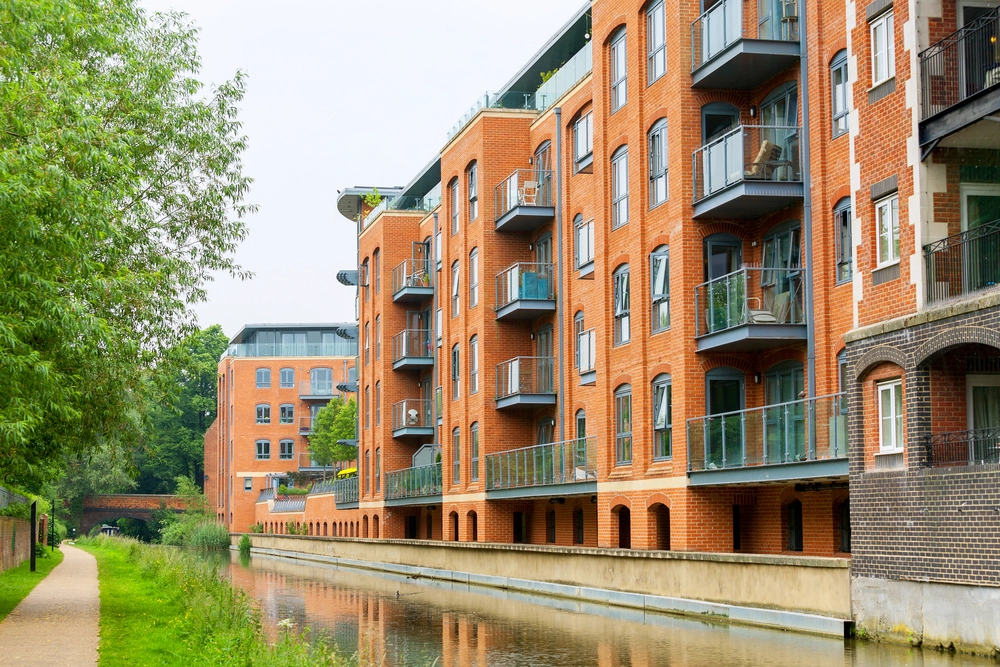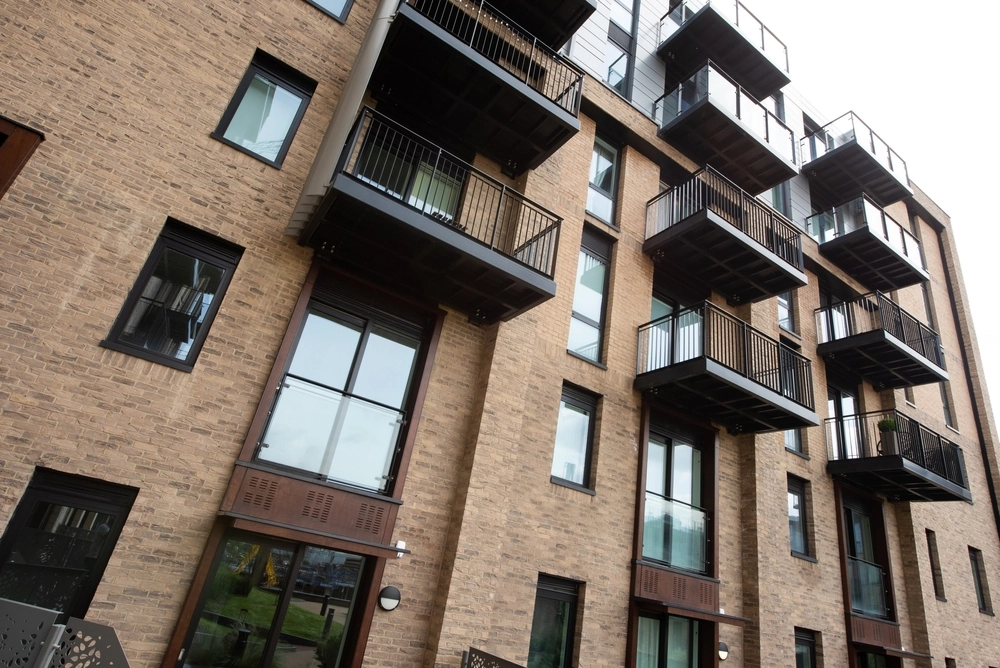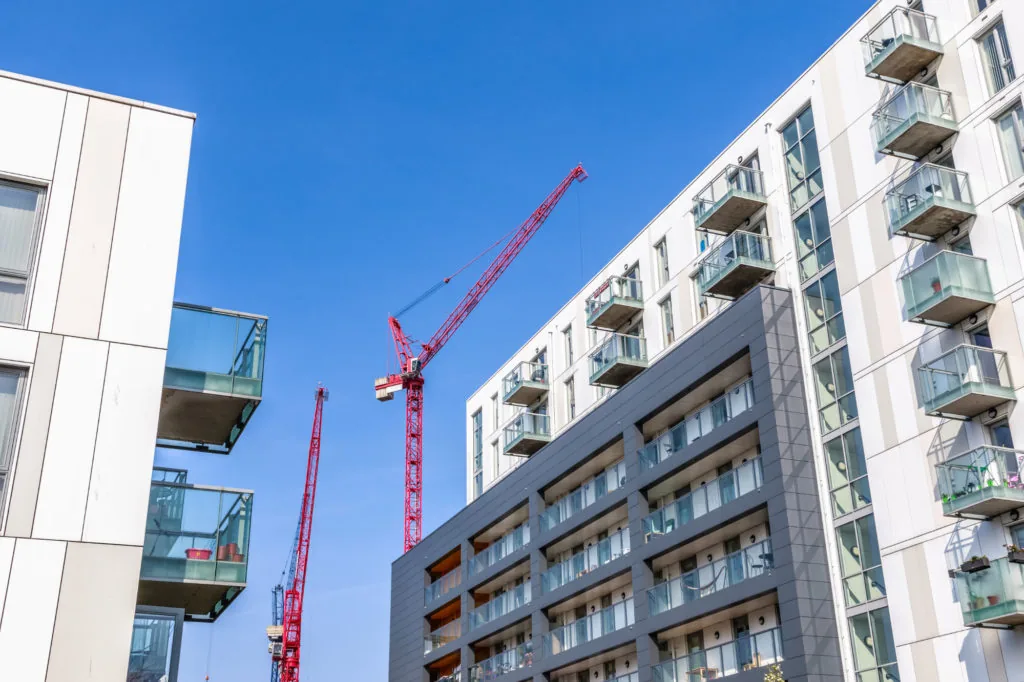
The Green, Green Grass of Collaboration – could the BBP Green Lease Toolkit bring some green sky thinking?

By Kate Taylor, Carol Phillips
29 Feb 2024 | 2 minute read
Negotiating green lease clauses has quickly become an everyday task for transactional real estate solicitors. In the drive to net zero, with around 20% of built carbon emissions stemming from commercial property, stakeholders within the market have had to start seriously evaluating their impact and developing long term initiatives. The results, in terms of environmental, social and governance ("ESG") lease provisions, are variable – some landlords are taking a light touch, creating flexibility for the future, whilst others reflect clear current objectives. However, the guidance to date has a common bias; allowing landlords to drive the agenda.
What has changed? The new BBP Green Lease Toolkit ('toolkit')
Since January this year, the market has had some refreshed and more detailed guidance from the Better Buildings Partnership ('BBP'). The BBP produced original guidance in 2008 but a renewed vision was called for to keep up with the need for consistent market positions in the growing trend for embedded green drafting.
The BBP look to provide 'practical tools to support the delivery of better buildings for investors, owners, occupiers and the communities in which they operate'. The toolkit is presented as a reference point for best practice within the industry to 'enable market transformation through sustainability leadership and collaboration', 'improve professional understanding through knowledge sharing by providing model clauses, drafting guidance and resources' and 'develop common approaches for the industry'.
The new approach
The new toolkit has an overarching aim to drive collaborative efforts to meet sustainable objectives. It presses the need for both landlord and tenant to recognise a responsibility, throughout the whole leasing process, to achieve global sustainable targets. The focus is not only on the improvement of the environmental performance of buildings but also on their social impact.
Throughout the toolkit, drafting is offered on three bases: light green (flexible), medium green (commercially reasonable) and dark green (stringent). As mentioned above, the position of stakeholders in the market is variable, so flexibility is offered to allow adoption and commitment at some level. The toolkit identifies certain provisions as 'essential', which parties should aim to include in all leases (albeit it is in the shade of green most aligned with commercial strategies for the sector).
Assisting occupiers
A supporting statement of the toolkit is that 'co-operation is at the heart of the success of a green lease'. With the focus being on meaningful engagement and alignment of both parties, it will be key to see how the landlord position responds to requests from tenants to initiate sustainable changes.
Although encouraging co-operation, the toolkit and its supporting drafting still largely assume a landlord led initiative. But what about where the tenant looks to drive the agenda? What proposals might we usefully see to actively support the co-operative approach, particularly as the market struggles to retain occupiers in physical space?
The following are two focus areas where we frequently see barriers being faced by tenants, despite genuine sustainable drivers:
The toolkit acknowledges tenants may want to carry out works to improve sustainability and suggests the inclusion of provisions that allow the tenant to carry out works to improve environmental performance, subject, in the usual way, to the landlord’s fully qualified consent.
Given the current landscape, further changes to distinguish and more easily permit tenant works, where they will improve the sustainable credentials of a property, would be beneficial. Capital investment by a tenant of this nature assists both parties in achieving short term sustainability targets and is likely to increase the longer term value of the landlord’s reversionary interest. The hoops and hurdles of a ‘normal’ application for consent to alterations (which solely benefit the tenant and its operational use) seem inappropriate. Parties should work together to support such investment.
Take, for example, a business tenant with a very clear strategic vision to support ESG targets. The tenant approaches the landlord offering to assume the full capital cost of improving lighting and installing a modern, efficient HVAC system at a property:
- There could be a presumption of reasonableness in relation to works that obviously improve the environmental performance and energy efficiency of the property.
- The toolkit identifies that it is reasonable for a tenant to contribute to the costs of works carried out by a landlord to improve environmental performance where the tenant benefits from the results. The corollary to this would be the landlord waiving (or sharing) ancillary costs of solicitors and surveyors to licence the works. The usual negotiated formal licence, at a notable cost to the tenant, is arguably inappropriate and outdated, particularly if we consider in light of the ‘split incentive’ recognised by the toolkit.
On reinstatement, the toolkit highlights that blanket reinstatement requirements can lead to unnecessary waste and inefficiencies. Drafting now requires parties to actively consider the waste created. However, it continues to guide from a starting point of full reinstatement; that is; works are to be reinstated, unless and to the extent that the landlord gives notice, with no clear obligation on the landlord to consider sustainability.
The historic ability for a landlord to retain all control at the end of the lease term now sits in contradiction to the wider social interest. Reinstatement provisions would better complement sustainability targets if activated only at the landlord’s written request and either includes:
- A general requirement of reasonableness, so that landlords must pause and think about the future potential re-use of installations.
- A more specific obligation for the landlord to consider the overall environmental impact of a request for reinstatement. The toolkit leaves it for the landlord to decide whether or not to consider this.
- At the time of a tenant carrying out works, if the improvement to environmental performance and energy efficiency is recognised, a clear agreement to separate the works from the general reinstatement obligation at expiry.
A move towards landlord triggered, reasonable reinstatement is fundamental to avoid conflict with new obligations on tenants to use sustainable materials and not to carry out works that (materially) adversely affect the environmental performance or EPC of a property.
Conflict or collaboration?
The BBP comments that green leases can 'sometimes be seen as contentious'. In practice, contention more readily arrives from drafting which is unbalanced and does not recognise the commercial needs and sustainable initiatives of both parties. We wait to see whether the toolkit is the positive catalyst for a new industry approach that really will mean collaborative and informed discussions between parties in agreeing on lease terms.
Our asset management team advises clients on green lease provisions. Please get in touch to discuss how we can assist you.











